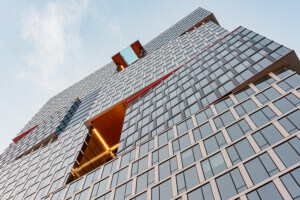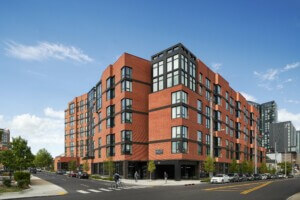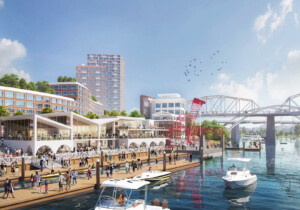As a community-driven architect, I have always sought to create spaces that change people first, and this eventually changes whole cities. My journey to the field of architecture wasn’t typical. I didn’t grow up playing with Lincoln Logs or dreaming about becoming an architect. But when I think back and consider why I got into architecture to begin with, I find a direct correlation to skateboarding.
Skateboarding has always been more than just a hobby for me. From early days skating the streets of small towns to exploring the urban landscapes of larger cities, skateboarding has been a source of inspiration and creativity. It wasn’t just about riding a board, it was about imagining and creating new possibilities within the built environment.
My friends and I didn’t just skate through the city; we transformed it. We built ramps and obstacles that pushed us to experiment with curves and transitions. This hands-on approach not only honed my understanding of form, space, and the dynamic relationship between architecture and movement, but also instilled in me vital values such as work ethic, discipline, and resilience—qualities indispensable in my current role.
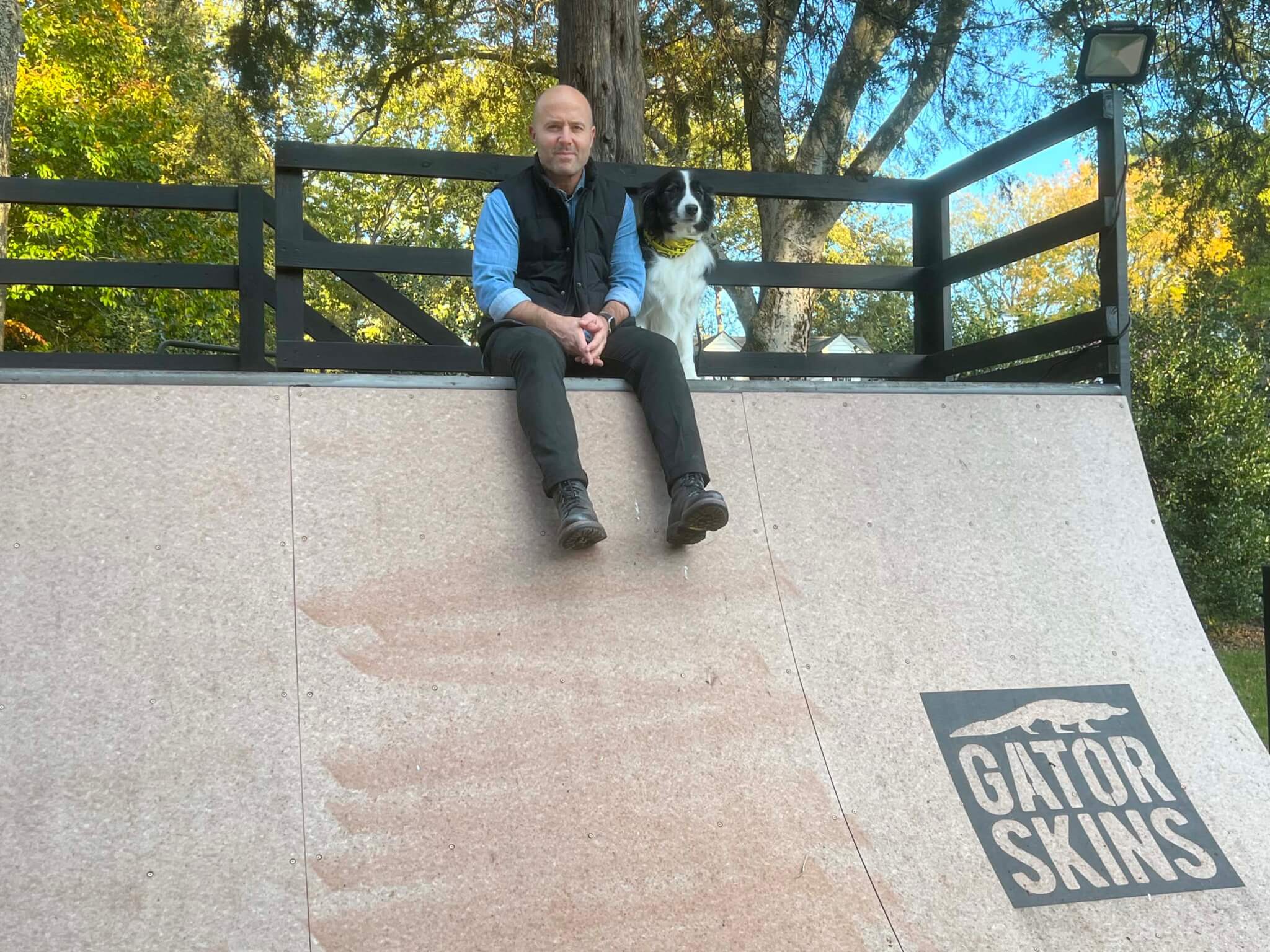
The creativity generated by the culture of skateboarding permeates every aspect of urban life, from art and fashion to wellness and music. It embodies the spirit of innovation, resilience, and authenticity, reminding us that art is not confined to white walls but thrives in the streets. That’s where culture flourishes. As an architect, and in my work with my firm, The Bradley Projects, this inspires me to embrace creativity, challenge convention, and carve my own path when designing.
I don’t think of artistic vision and the physical realities of a building as contrasting ideas. In fact, I see how they build off each other. When we start the design process, we follow the guidelines of what we call the three C’s: Context, Concepts, and Content. We’re located in Nashville, and as I see it, the best part of Nashville is its new-found density. This density fosters thriving communities where people support each other and take pride in their neighborhoods and provides a new and rich context to explore in our work.
Understanding Context: Pumping for Speed
In skateboarding, movement relies on pumping for speed, utilizing your entire body to generate momentum like a pendulum. Much like preparing for a skateboarding session by feeling out the terrain and space, in architecture, we start by exploring ways to seamlessly integrate innovative concepts and content into the urban landscapes we work within—this is our context. You can’t move forward with a project unless you create momentum and truly immerse yourself within the space. Understanding the context of a place like Nashville, or the surrounding neighborhood’s aesthetics and functions, is crucial. While we don’t always aim to match a neighborhood’s perceived or self-proclaimed architectural style, getting familiar with the local visual environment and history provides a common language upon which we can build. It’s this mindset of being open and perceptive that ultimately propels us toward continual improvement and innovation.
Developing Concepts: Preparing for the Drop-In
Skateboarding presents both a mental and physical challenge. Just as I mentally prepare to drop-in and gain speed, envisioning a smooth glide into the transitions of the ramp to avoid falls, creating architectural concepts similarly demands meticulous mental preparation. Whether the building is residential, commercial, or mixed-use, we ask ourselves, “What is the greater purpose of this project, and how can we express that artistically through architecture?” Depending on whether our mission is to create a respite from the hubbub of urban life or a space that acts as a dynamic gathering spot, the concept will evoke specific moods, and be scaled appropriately.
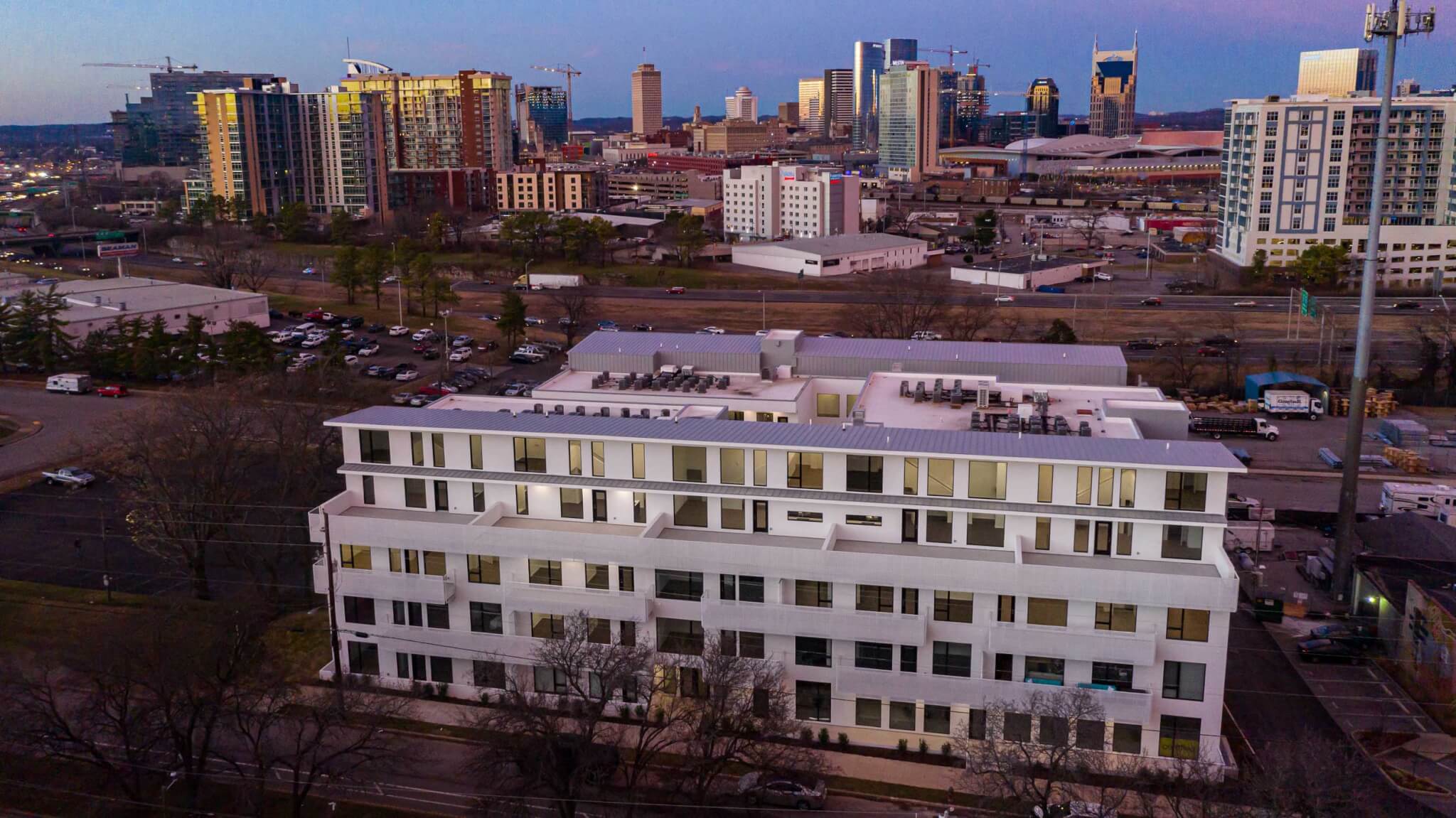
Creating the Content: Sticking the Landing
Landing a trick cleanly is truly an unmatched feeling. In architecture, however, I can confidently say that projects rarely unfold without any hitches. Yet, the satisfaction of creating content and ensuring our vision is both financially and physically feasible remains unparalleled. Succeeding in our industry requires expecting the unexpected, so having a well-thought-out plan for dealing with costs and any issues with project development is crucial. Like finally landing a new trick after months of hard work, architecture never provides a final answer to a solution. Completing a project is more like taking a moment to reflect and celebrate—until the next projects kicks off.
One project that embodies this “Three C’s” ethos is Illume, a collection of 78 residences situated in Nashville’s Gulch View neighborhood. Through urban infill and sustainable design principles, Illume has breathed new life into what was once underutilized and under-visioned land in downtown Nashville. This transformation not only brings economic benefits to all stakeholders but also instills a sense of pride and belonging among its residents. This project reminds me a lot of skateboarding culture, embodying the essence of innovation, resilience, and authenticity in Gulch View. Though initially neglected from an urban planning perspective, Illume’s presence progresses the city’s goals of inclusivity, a mission I’m happy to be a part of.
My journey from skateboarding to skylines has been about more than just architecture; it’s been about community, creativity, and the transformative power of urban design. As we continue to shape the cities of tomorrow, let’s remember to embrace our youth, draw inspiration from unexpected places, and embrace the spirit of innovation that defines our culture.
Jared Bradley seeks to create boundary-pushing concepts that fuel the evolution of built environments.








